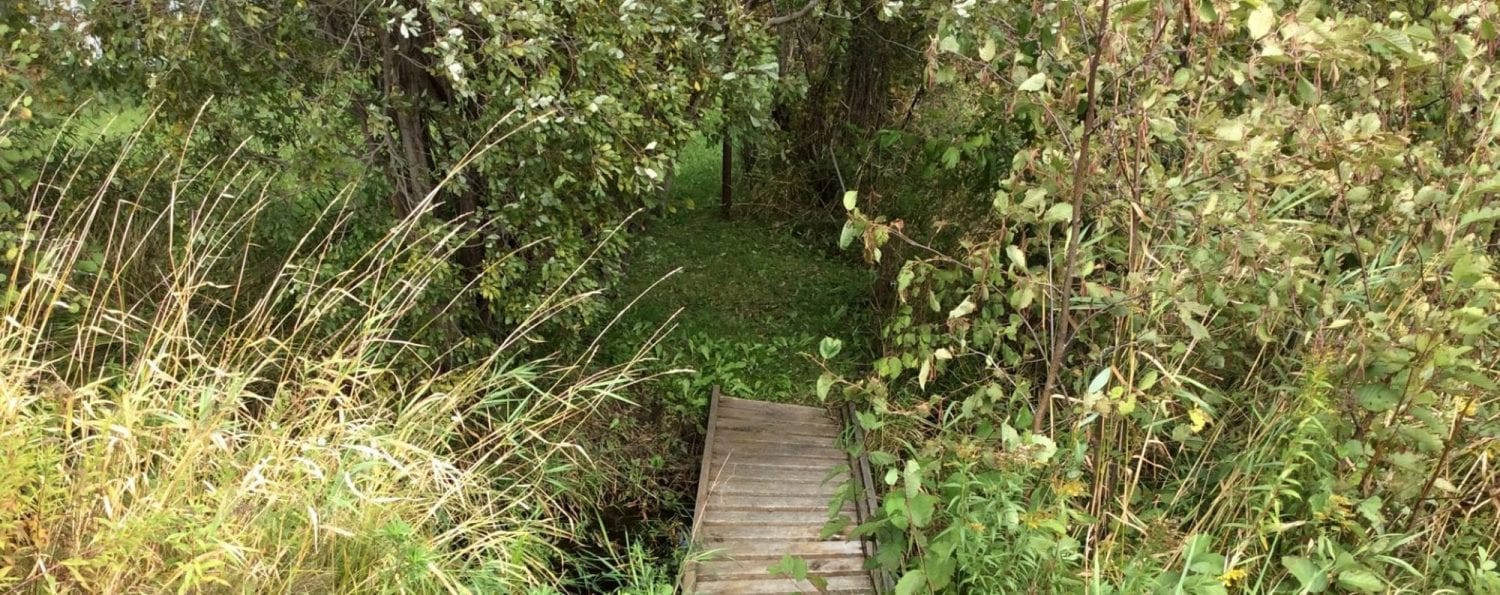“What new professional learning did you acquire as a result of this project?”
I am so grateful to have been asked to participate in the TLLP this year. The learning and growth that I have experienced as a result has made me a much better educator. Last year I had the opportunity to travel to Toronto with my teacher leader to take part in the TLLP Training workshops. This experience was amazing. Having the opportunity to connect with other educators in the province and hear about their projects was very motivating. Learning how to organize and manage our own project from the finances to the group meetings to sharing our learning with others was a great experience. I now feel more confident to put myself out there and be more open to sharing my ideas and thoughts with others.
Researching self-regulation, reading Stuart Shanker’s book and sharing thoughts and ideas with my colleagues opened my eyes to a whole new aspect to classroom management. I learned that to be an effective teacher with regards to self-regulation, you need to be a good self-regulator yourself. This was huge for me. Learning how to manage my own stress and taking care of my needs both at school and at home have made me a more patient, calmer teacher.
Another important step for me was taking part in the many workshops with colleagues (planning agendas, gathering data, sharing materials, recording pod casts and writing a blog). It was neat being involved in those workshops first hand and not just as another body in a large group of people. I became confident in sharing my ideas and opinions with others. We also had the opportunity to travel to other schools and share our learning. This was a very powerful experience. Just being able to help our colleagues who struggle with the same behaviours we have was very rewarding.
“What was the impact of your TLLP learning, if any, on your students? How do you know?”
I feel that because of my learning, my students became more aware of their needs, their feelings and those of their classmates. I had a very emotional group of students this year, so I felt it necessary to work with them to identify their feelings and deal with them in appropriate ways. We used charts to identify our feelings every morning and then we openly discussed them with each other and worked through problems we might have been facing. I knew this was working when I started seeing students checking in on each other or letting me know that someone’s emotion for the day had changed. Our classroom environment became more pleasant and calm. We did lots of talking and worked through all our social/emotional troubles. It even worked on me, which was totally cool.
“What questions or goals do you have to sustain your learning? What are your next steps?”
I did a great job working and learning with my students this year, but I have had these kids for two years. I already knew a lot about them. I wonder what this will look like next year when I meet a whole new bunch of kiddos. How will I begin the year? What behaviours will arise? What if they are not emotional kids, then what? Last Fall my administrator suggested that I look at Zones of Regulation for my classroom, but I felt that reading Self-Reg and working on the TLLP I would have enough to keep me busy. After a year’s worth of research and practice and discussions, I think I am ready to give this other program a try. I feel like it will be a great starting point for my new group of students. I will also endeavour to have one-on-one lunch dates with each student the first few weeks of school to get to know a little more about them.
As for sustaining my learning? I hope that we can continue to meet as a group and with other colleagues on a more informal basis to help and support each other with regards to self-regulations and our new students. I feel like we have so much more to learn and so much more to share. I also wonder what we could do to inform parents…


